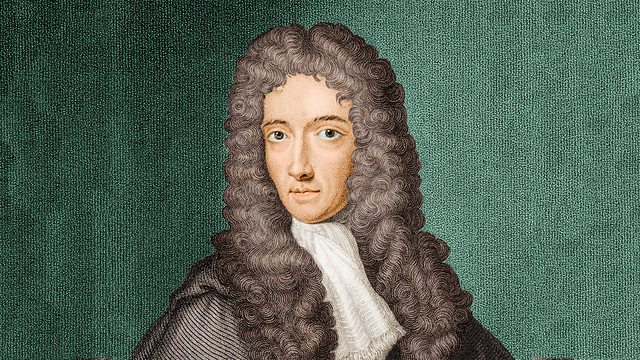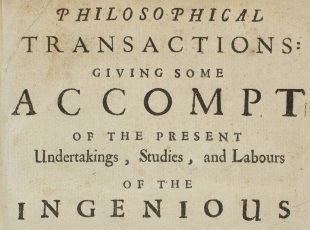Every year, over one million chemistry papers are published by over ten thousand journals worldwide. Until recently these were printed on paper but increasingly the “papers”, describing work in all branches of Chemistry, are published online. Other sciences produce similar quantities of research. Scientific papers are published for a number of reasons:
- They establish the priority of the writer to the discoveries described in the paper;
- They share the methods, results and conclusions of the writer with other scientists working in the same area allowing them to develop their own research on and, if necessary, to repeat the work.
- They show that the writer is actively working (producing papers regularly and frequently is often a requirement of the employment of scientists today)
Most of the published papers are peer-reviewed. This means that before they are published they have been read by other scientists working in the same area of science and checked for accuracy and originality. This is supposed to ensure that all published papers give accurate descriptions of the work done, the results are fully described and the conclusions are valid. Most papers published today have two or more authors and sometimes many people are listed as having contributed.
The majority of the papers published may be read by just a few people working in the same area. It is important for the writer(s) of a paper that their work is “cited”, that is, referred to in other papers. Most will be cited in just a few papers but some become extremely popular. For example the paper announcing the discovery of graphene (a single layer of carbon atoms taken from graphite) published in 2004 has been cited in over 18,000 other papers.

Modern science works by this sharing of knowledge and ideas through the publication of papers. It all started 350 years ago with the first publication of the first dedicated science journal. That journal was the Philosophical Transactions of the Royal Society of London, first published on 6th March 1665. In the seventeenth century there were no scientists as the word “science” wasn’t invented until the nineteenth century. “Natural Philosophers” were men (almost exclusively) with the wealth to pursue their interests or they had wealthy patrons who subsidised their research. For example, Galileo Galilei worked for the Dukes of Medici in Florence while Robert Boyle was the youngest son of the Earl of Cork who owned vast estates in Ireland. These philosophers largely worked alone or perhaps with one or two assistants and often had interests in many areas of what we now call science. Often they were not interested in sharing their knowledge and sometimes were actually very secretive. If they did want to share their discoveries then they published printed books or pamphlets at their own expense.
The Royal Society grew out of an informal group of philosophers that met in Oxford during the 1650s. Some were members of the university such as Christopher Wren and Robert Hooke, others like Boyle had no formal position. It was an exciting period following the discoveries made by Galileo using his telescope and by William Harvey on the circulation of the blood. Boyle, among others, was performing experiments and eager to communicate with his fellow members of the group.
In 1660 King Charles II was restored to the monarchy of England and Scotland and many of the Oxford group moved to London to continue their work. The King gave his support to the founding of the Royal Society of London in 1662 and the members became Fellows of the Society. A President was appointed, the first being Viscount Brouncker, a mathematician, and Robert Hooke was made the Curator of Experiments. Hooke’s role was to prepare demonstrations for the “entertainment” of the Fellows at their meetings. Henry Oldenburg, from what is now Germany, was appointed as Secretary and it was his vision that resulted in the publication of the first editions of Philosophical Transactions.
The interests of the Fellows were many and varied and this is shown by the content of the first issues of the journal. Most of the contents in the first issue were short notes of observations or information passed on in letters from elsewhere. The articles with a chemical content included:
An Account of the Improvement of optic glasses – reporting attempts by Giuseppe Campani in Rome to improve the methods of making lenses for telescopes.
A peculiar lead ore of Germany and its use thereof – one of Robert Boyle’s numerous entries describing a mineral he had been sent.
Concerning the mines of Mercury in Friuli – this was an extract from a letter sent to Dr John Wilkins, Fellow, describing the mining of mercury not far from Venice.

The first edition ran to just sixteen small pages but the Fellows didn’t have to wait long for their next glimpse of the world of science. The second edition of the journal was published in April 1665 with a similar mixture of articles of interest to the Fellows and so it has gone on ever since. The first year’s issues were bound together to form volume 1 and subsequent issues have also been combined into volumes. The journal grew in size, the length and style of articles developed and they became an indispensable resource for all serious scientists. Many important discoveries have been reported first in Philosophical Transactions, such as Newton’s theory of light and colour (vol.6, 1671); Joseph Priestley’s discovery that plants give out a gas that allows candles to burn (vol.62, 1772); and Volta’s invention of the electric cell (vol.90, 1800)
Philosophical Transactions was soon joined by other journals in the UK and elsewhere but has remained the primary means of communication of the Royal Society with its Fellows and the world at large.
Bibliography
- Philosophical Transactions – the world’s first science journal http://rstl.royalsocietypublishing.org/
- Table of Contents, Philosophical Transactions vol.1 http://rstl.royalsocietypublishing.org/content/1/1-22.toc
- Boyle: Between God and Science, Michael Hunter, pub. Yale University Press, 2009
- List of Presidents of the Royal Society http://en.wikipedia.org/wiki/List_of_presidents_of_the_Royal_Society
Questions
- Why are journals like Philosophical Transactions important to science and scientists?
- What effect do you think the publication of Philosophical Transactions had on science in the seventeenth century?
- Look up one of the articles in the first issue of Philosophical Transactions (see ref.2 above – the full archive of the journal is available free online). The language may be a little difficult to read and the printing a little unclear (the letters that look like a curly f are in fact an “s”). Describe your impressions of the article.
- Compare an article from the volume of Philosophical Transactions with a later one. What differences are there?
- Why do you think having papers “cited” in other publications became important for scientists?



